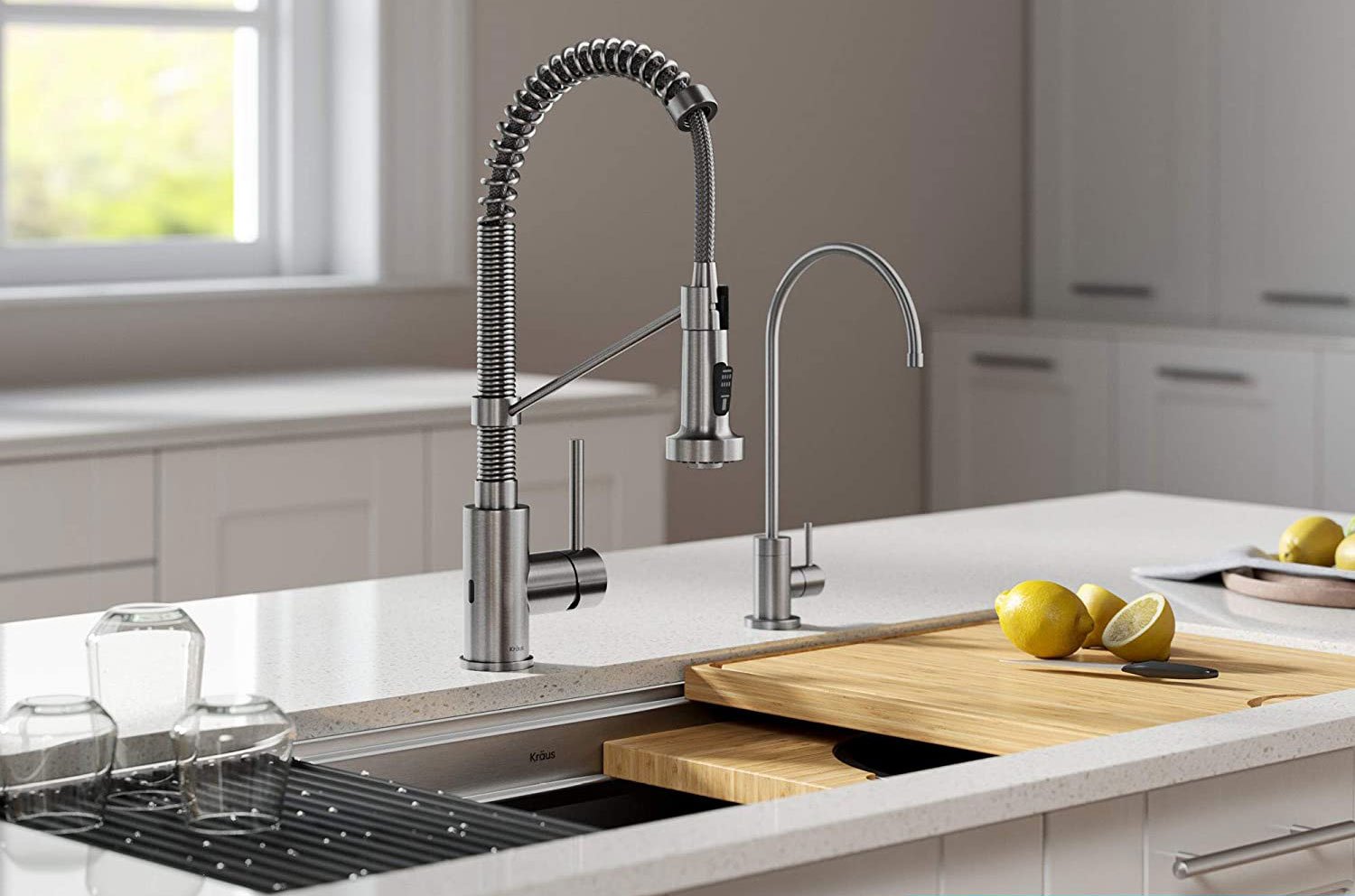

Articles
How Does Touchless Faucet Work
Modified: January 19, 2024
Discover how touchless faucets work and improve hygiene in your home or business. Read our informative articles on this innovative technology.
(Many of the links in this article redirect to a specific reviewed product. Your purchase of these products through affiliate links helps to generate commission for Storables.com, at no extra cost. Learn more)
Introduction
Over the past decade, technology has permeated nearly every aspect of our lives, including even the most mundane household items. One such technological advancement that has revolutionized the way we interact with our homes is the touchless faucet. These innovative faucets, commonly found in modern kitchens and bathrooms, offer a convenient and hygienic solution for controlling water flow without the need for physical contact.
In this article, we will explore how touchless faucets work, the components that make them function, the sensor technology behind their operation, as well as the benefits and limitations of using touchless faucets in your home. Additionally, we will discuss the necessary maintenance and care required to keep these faucets in top condition.
Let’s dive in and discover the fascinating world of touchless faucets!
Key Takeaways:
- Embrace the touchless revolution with advanced sensor technology and hands-free operation of touchless faucets, offering improved hygiene, water conservation, convenience, and durability for homes and commercial spaces.
- Regular maintenance and care are essential to ensure the longevity and optimal performance of touchless faucets, including sensor cleaning, battery replacement, leak checks, and filter maintenance.
Read more: How Does Shower Faucet Work
What is a touchless faucet?
A touchless faucet, also known as a hands-free or sensor faucet, is a type of faucet that is designed to be operated without the need for physical contact. Unlike traditional faucets that require manual turning or twisting of handles to control water flow, touchless faucets utilize advanced sensor technology to detect the presence of a user and activate water flow automatically.
Touchless faucets have gained popularity in both residential and commercial settings due to their numerous advantages. In addition to their convenient and hygienic operation, they also contribute to water conservation efforts by reducing unnecessary water wastage. These faucets are typically found in public restrooms, healthcare facilities, restaurants, and high-end homes where cleanliness and efficiency are top priorities.
Touchless faucets come in various styles and designs, ranging from sleek and modern to more traditional options. They can be found in a variety of finishes, including chrome, stainless steel, brushed nickel, and more, allowing homeowners to choose a style that complements their overall decor.
Next, let’s delve into the inner workings of touchless faucets and understand how they operate.
How does a touchless faucet work?
Touchless faucets operate using a combination of sensor technology and electronic components to detect the presence of a user and control the flow of water. Here is a step-by-step breakdown of how a touchless faucet typically functions:
- Sensor activation: When a user approaches the faucet, the built-in sensor detects their presence. The sensor may utilize infrared technology or motion sensors to detect movement or the heat signature of a person’s hand.
- Signal transmission: Once the sensor detects the user’s presence, it sends a signal to the control unit located within the faucet’s handle or body. This signal prompts the control unit to activate the water flow mechanism.
- Valve opening: In response to the signal from the control unit, the solenoid valve, connected to the water supply, opens to allow water to flow through the faucet’s spout. The solenoid valve is controlled by an electromagnetic coil that creates a magnetic field to lift a small piston or plunger, allowing water to pass through.
- Water flow adjustment: Touchless faucets often feature adjustable settings for water flow and temperature. These settings can be adjusted manually using buttons or levers located on the faucet or through a separate control unit.
- Automatic shut-off: After a period of inactivity, touchless faucets typically have a built-in mechanism that automatically shuts off the water flow. This helps conserve water and prevent accidental leaks or spills.
It’s important to note that different touchless faucets may vary slightly in terms of the specific technology and components used. However, the basic principle remains the same – the sensor detects the user’s presence, sends a signal to the control unit, which then activates the water flow mechanism.
In the next section, we will explore the components that make up a touchless faucet and contribute to its smooth operation.
Components of a touchless faucet
A touchless faucet is composed of several key components that work together seamlessly to deliver the hands-free operation that sets it apart from traditional faucets. Here are the main components that make up a touchless faucet:
- Sensor: The sensor is the core component of a touchless faucet. It is responsible for detecting the presence of a user and initiating the water flow. Infrared sensors or motion sensors are commonly used in touchless faucets to sense the user’s hand or movement.
- Control unit: The control unit, also known as the electronic control module (ECM), is responsible for receiving and processing signals from the sensor. It determines when to activate the solenoid valve to allow water flow and controls other functions like adjusting water temperature and flow rate.
- Solenoid valve: The solenoid valve is an electromechanical device that controls the flow of water in the touchless faucet. It is connected to the water supply pipes and is controlled by the control unit. When activated, the solenoid valve opens to allow water to flow through the faucet’s spout.
- Power source: Touchless faucets require a power source to operate the sensor and control unit. Most touchless faucets are powered by either batteries or an electric power supply. Battery-powered touchless faucets are easy to install and maintain, while electric-powered faucets are typically more suitable for commercial settings.
- Water supply lines: Just like traditional faucets, touchless faucets are connected to the water supply lines in your home. These supply lines deliver the water to the solenoid valve, which then controls its flow.
- Spout: The spout of a touchless faucet is the part from which the water flows. It can come in different shapes and sizes depending on the style and design of the faucet. The spout is connected to the solenoid valve, and when water flows through the valve, it is directed out of the spout.
- Temperature control: Many touchless faucets offer the convenience of temperature control, allowing users to adjust the water temperature to their preference. This feature is typically achieved through the integration of hot and cold water supply lines and temperature adjustment handles or buttons.
These components work together harmoniously to provide a touchless and efficient water flow experience. The sensor detects the user’s presence, which triggers the control unit to activate the solenoid valve, allowing water to flow through the spout. The user can adjust the water temperature as needed, all without the need for physical contact.
In the next section, we will delve deeper into the sensor technology used in touchless faucets and how it contributes to their functionality.
Sensor technology in touchless faucets
The sensor technology used in touchless faucets is crucial in accurately detecting the presence of a user and initiating the water flow. Two common types of sensors utilized in touchless faucets are infrared sensors and motion sensors.
Infrared sensors: Infrared (IR) sensors are the most widely used technology in touchless faucets. These sensors emit an invisible beam of infrared light, which is reflected back onto the sensor. When a user’s hand or any object interrupts the reflected light, the sensor detects the change and sends a signal to the control unit to activate the water flow mechanism. Infrared sensors are highly accurate and responsive, making them efficient in detecting even slight movements.
Motion sensors: Motion sensors in touchless faucets utilize various technologies such as radar or ultrasonics to detect movements. These sensors emit waves or pulses and measure the time it takes for those waves to bounce back. When a user approaches the faucet and their movement is detected, the sensor sends a signal to the control unit to initiate water flow. Motion sensors provide a wider detection range compared to infrared sensors, making them suitable for high-traffic areas or commercial settings.
In recent years, touchless faucets have also incorporated advanced sensor technologies such as capacitive sensors and proximity sensors. Capacitive sensors rely on changes in the electrical field when a conductive object like a hand comes close, while proximity sensors use electromagnetic fields to detect nearby objects. These technologies further enhance the accuracy and responsiveness of touchless faucets.
The sensor technology in touchless faucets not only ensures efficient and hands-free operation but also plays a vital role in water conservation. Since water flow is activated only when the sensor detects the presence of a user, there is no water wastage due to accidental or unnecessary activation.
Next, we will explore the benefits of using touchless faucets in your home or commercial space.
A touchless faucet works using a sensor that detects motion, allowing the water to turn on and off without needing to physically touch the faucet. This can help reduce the spread of germs and make kitchen and bathroom tasks more convenient.
Read also: 13 Amazing Touchless Kitchen Faucet for 2024
Benefits of touchless faucets
Touchless faucets offer a multitude of benefits that make them a popular choice for both residential and commercial spaces. Let’s explore some of the advantages of using touchless faucets:
- Hygiene: One of the most significant benefits of touchless faucets is improved hygiene. By eliminating the need to touch the handles or knobs, touchless faucets help prevent the spread of germs and bacteria. This is especially important in high-traffic areas such as public restrooms or healthcare facilities, where cross-contamination can occur.
- Convenience: Touchless faucets provide a convenient and hassle-free user experience. With a simple wave of a hand, water flow is activated, making it easier to wash hands, dishes, or other items without having to fumble with handles or adjust water temperature manually.
- Water conservation: Touchless faucets contribute to water conservation efforts by reducing unnecessary water wastage. Since the water flows only when the user is present, there is no chance of leaving the faucet running accidentally. This helps conserve water, leading to reduced utility bills and a more environmentally friendly home or establishment.
- Accessibility: Touchless faucets are ideal for individuals with limited mobility, such as the elderly or those with disabilities. The hands-free operation eliminates the need for grasping and twisting handles, making it easier for people with mobility issues to access and control the water flow.
- Improved durability: Touchless faucets are designed to be more durable than traditional faucets. The absence of physical handles or knobs reduces wear and tear, and the electronic components are often built to withstand constant use and exposure to water. This means touchless faucets tend to have a longer lifespan, reducing the need for frequent replacements or repairs.
- Aesthetic appeal: Touchless faucets come in a variety of sleek and modern designs, adding a touch of elegance to any kitchen or bathroom. Their streamlined appearance can enhance the overall aesthetic of the space and complement contemporary or minimalist decor styles.
Overall, touchless faucets provide a range of benefits, from improved hygiene and convenience to water conservation and accessibility. They offer a modern and stylish solution for those seeking to elevate their home or commercial space.
In the next section, we will discuss some limitations and considerations when using touchless faucets.
Limitations of touchless faucets
While touchless faucets have numerous advantages, it’s important to consider their limitations before making a purchase decision. Here are some limitations to keep in mind:
- Cost: Touchless faucets tend to be more expensive than traditional faucets. The inclusion of sensor technology and electronic components increases the manufacturing and installation costs. However, it’s important to weigh this upfront cost against the long-term benefits and potential savings in water consumption.
- Power source: Touchless faucets require a power source to operate the sensor and control unit. Battery-powered faucets are easy to install but require occasional battery replacements. Electric-powered faucets may require professional installation and access to an electrical power source, which may not be feasible in all situations.
- Limited customization: Touchless faucets often have limited customization options compared to traditional faucets. Depending on the model and manufacturer, there may be fewer choices in terms of design, finishes, and additional features. This limitation may affect the overall aesthetic coherence of the space.
- Sensor accuracy: While touchless faucets generally have reliable sensor technology, occasional false activations or delays in response can occur. Factors such as lighting conditions, sensor positioning, or changes in the user’s hand temperature can affect the accuracy of the sensor. Regular cleaning of the sensor surface is necessary to maintain optimal performance.
- Dependency on technology: Touchless faucets rely heavily on electronic components, making them susceptible to malfunctions or technical issues. Power outages or damage to the control unit can render the touchless functionality ineffective. It’s important to have a backup plan, such as manual operation or a functioning traditional faucet, in case of such incidents.
Despite these limitations, touchless faucets continue to gain popularity due to their convenience, hygiene benefits, and water-saving capabilities. It’s essential to consider these limitations and choose a touchless faucet that aligns with your specific needs and preferences.
In the next section, we will discuss the maintenance and care required for touchless faucets to ensure their longevity and optimal performance.
Maintenance and care for touchless faucets
Proper maintenance and care are essential to ensure the longevity and optimal performance of touchless faucets. By following some simple guidelines, you can keep your touchless faucet in excellent condition. Here are some maintenance and care tips:
- Cleaning: Regular cleaning is crucial to prevent the buildup of dirt, grime, and mineral deposits on the faucet’s surfaces. Use a mild soap or non-abrasive cleaner and a soft cloth to clean the exterior of the faucet. Avoid harsh chemicals or abrasive materials that can damage the finish.
- Sensor cleaning: The sensor is the most sensitive component of a touchless faucet and can be affected by dirt or debris. Gently wipe the sensor area with a soft cloth to remove any fingerprints, smudges, or buildup that may interfere with its operation. Avoid using harsh cleaning agents or abrasive materials that can scratch or damage the sensor surface.
- Battery replacement: If your touchless faucet is battery-powered, keep track of the battery life and replace the batteries as needed. Most touchless faucets will provide an indication when the battery is low. Always follow the manufacturer’s instructions for battery replacement.
- Check for leaks: Regularly inspect your touchless faucet for any signs of leaks or drips. Ensure that all connections are tight and secure. If you notice any leaks, promptly address them to prevent water damage or wasted water.
- Filter cleaning: Some touchless faucets may have built-in filters to prevent debris and sediment from entering the water flow. Refer to the manufacturer’s instructions on how to clean or replace the filters as recommended. This will help maintain the quality of the water and prevent clogs.
- Temperature control maintenance: If your touchless faucet offers temperature control, periodically check the hot and cold water supply lines to ensure they are properly connected and functioning. If there are any issues with temperature control, consult the manufacturer or a professional plumber for assistance.
- Regular maintenance checks: It is a good practice to perform routine maintenance checks on your touchless faucet. Look for any loose screws, signs of wear, or unusual noises. If you notice anything out of the ordinary, contact the manufacturer or a professional for further assessment and repair, if necessary.
By following these maintenance and care tips, you can keep your touchless faucet functioning smoothly and prolong its lifespan. Regular cleaning and inspections will help prevent issues and ensure that you continue to enjoy the convenience and benefits of a touchless faucet.
Let’s wrap up and summarize what we’ve learned about touchless faucets.
Conclusion
Touchless faucets have revolutionized the way we interact with water in our homes and commercial spaces. Their advanced sensor technology and hands-free operation offer numerous benefits, including improved hygiene, water conservation, convenience, accessibility, and durability.
By utilizing sensors such as infrared or motion sensors, touchless faucets detect the presence of a user and initiate water flow automatically. The components of a touchless faucet, including the sensor, control unit, solenoid valve, and power source, work together to provide a seamless and efficient user experience.
While touchless faucets have limitations such as cost, reliance on a power source, and potential sensor accuracy issues, the advantages they offer outweigh these drawbacks for many users. Touchless faucets not only enhance the aesthetics of a space but also promote cleanliness, convenience, and water conservation.
Regular maintenance and care are crucial for the longevity and optimal performance of touchless faucets. Cleaning the faucet, particularly the sensor, checking for leaks, replacing batteries if applicable, and performing routine maintenance checks are essential to ensure their continued functionality.
Whether you’re looking to upgrade your kitchen or improve the hygiene of your public restroom, touchless faucets are a worthwhile investment. With their advanced technology and myriad benefits, they provide a modern and efficient solution for controlling water flow without the need for physical contact.
So, embrace the touchless revolution and enjoy the convenience, hygiene, and conservation that touchless faucets bring to your daily life!
Frequently Asked Questions about How Does Touchless Faucet Work
Was this page helpful?
At Storables.com, we guarantee accurate and reliable information. Our content, validated by Expert Board Contributors, is crafted following stringent Editorial Policies. We're committed to providing you with well-researched, expert-backed insights for all your informational needs.
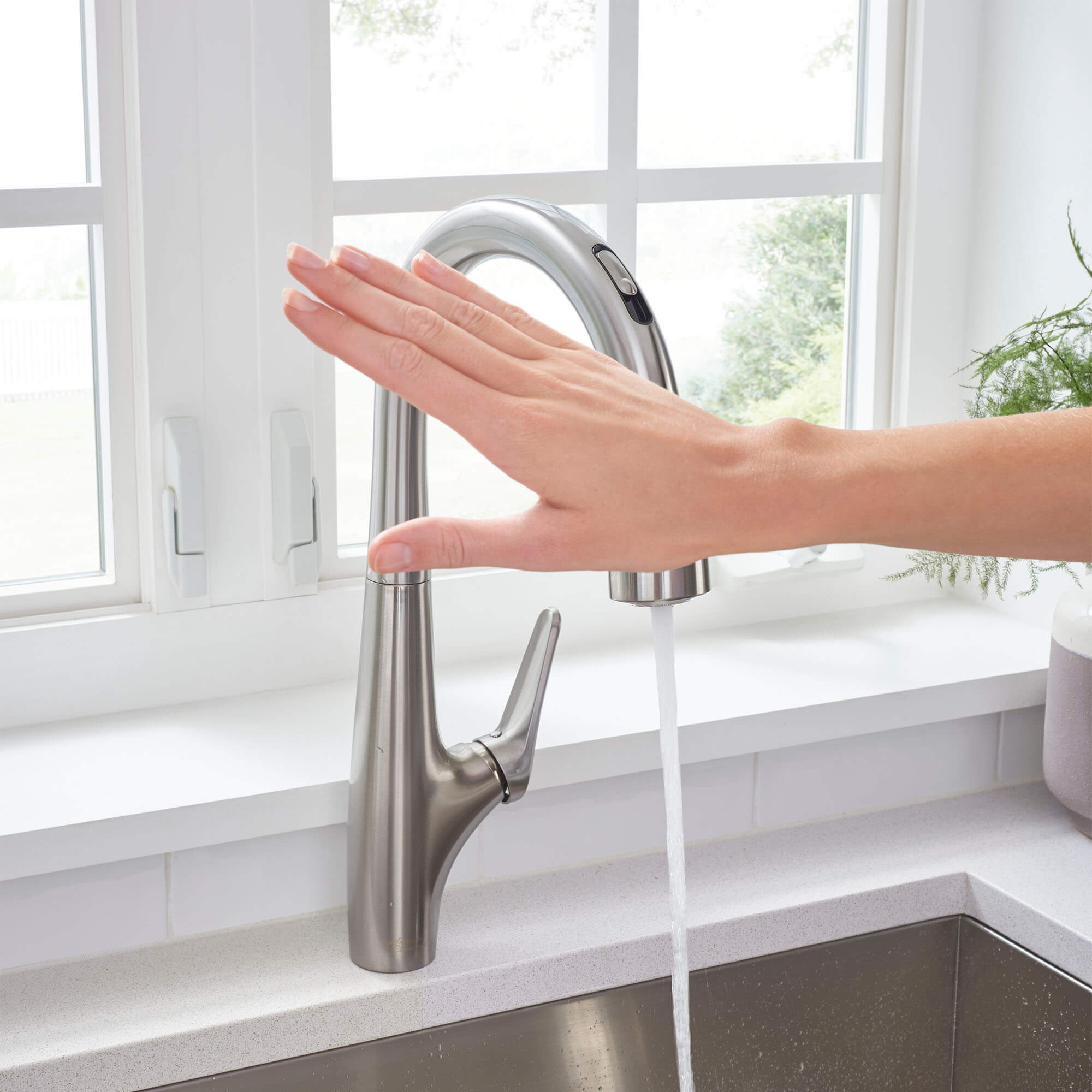
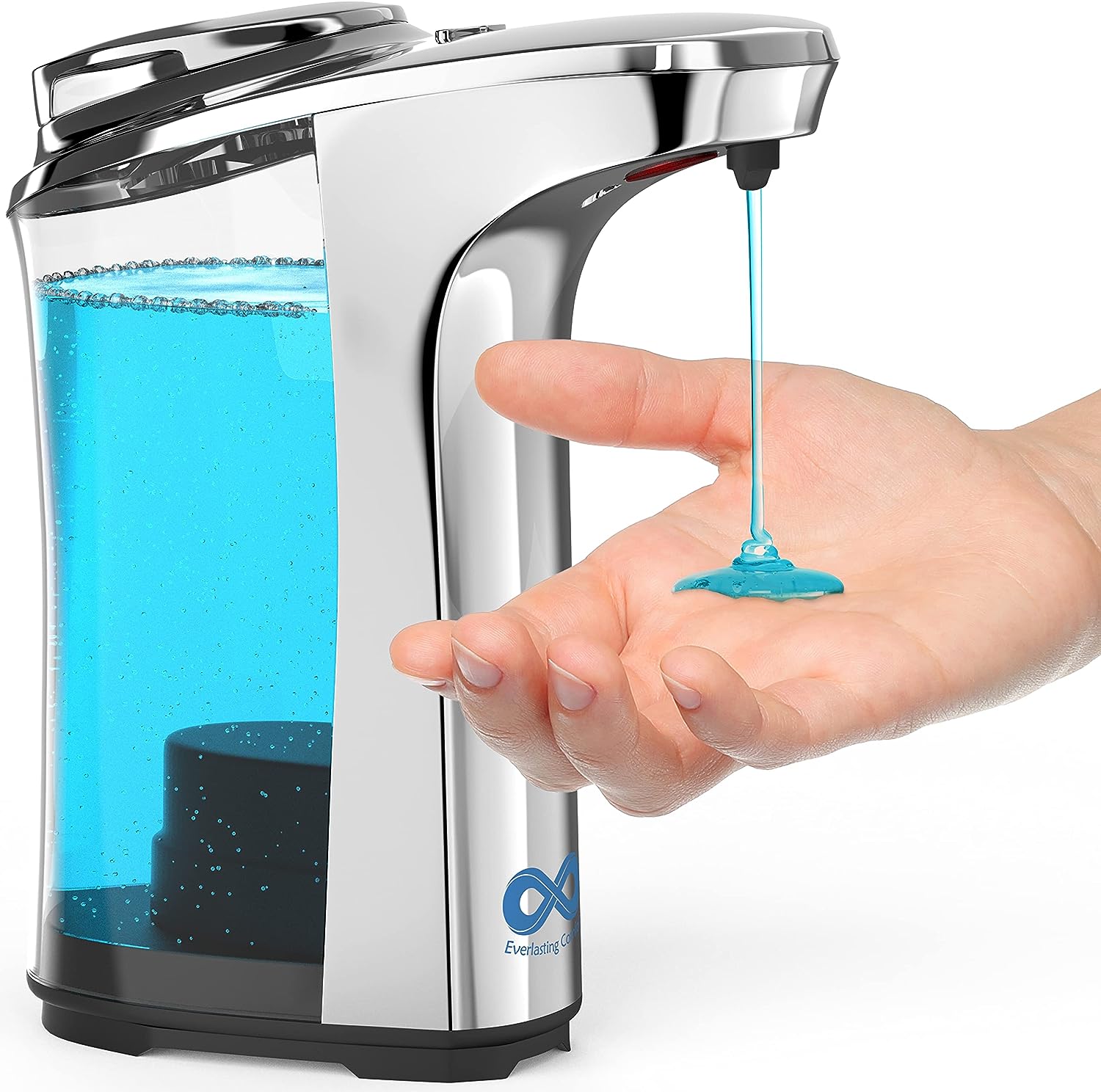
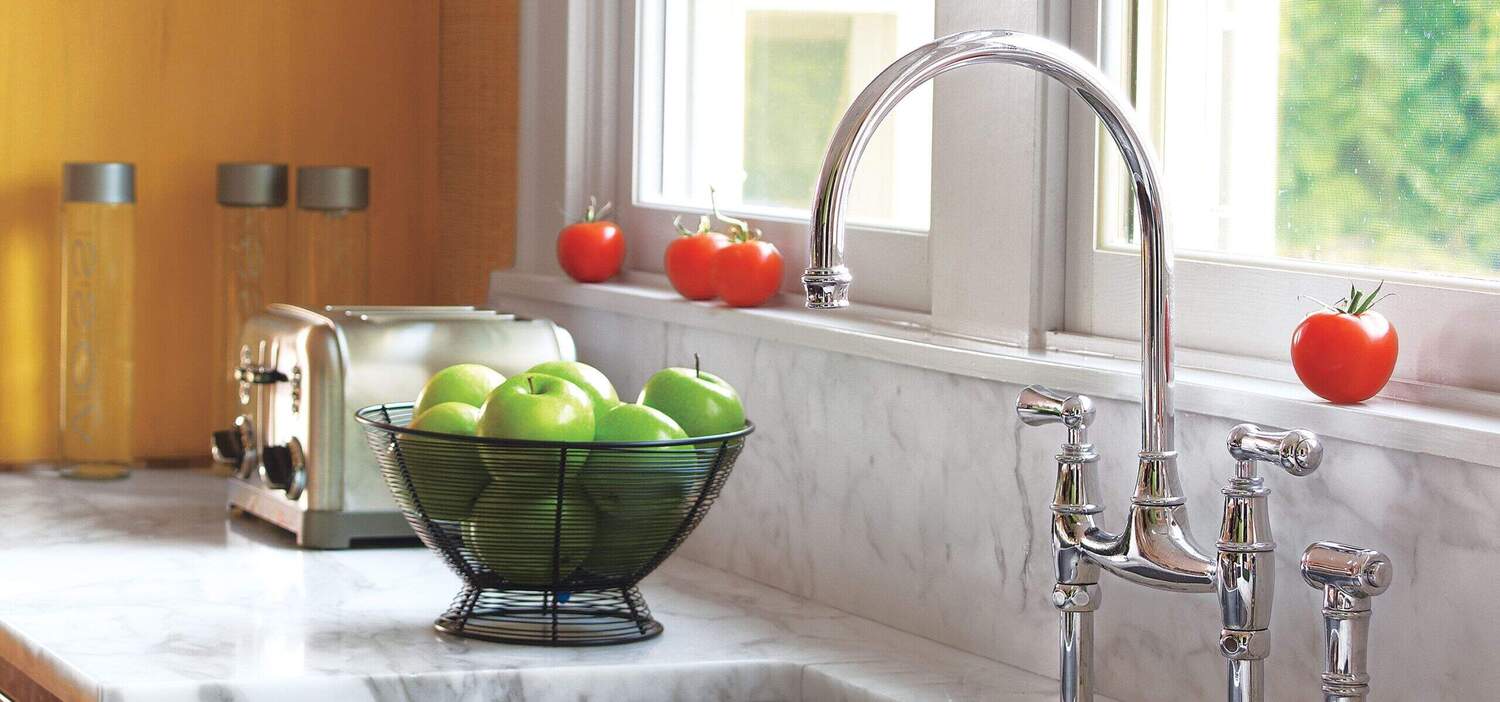
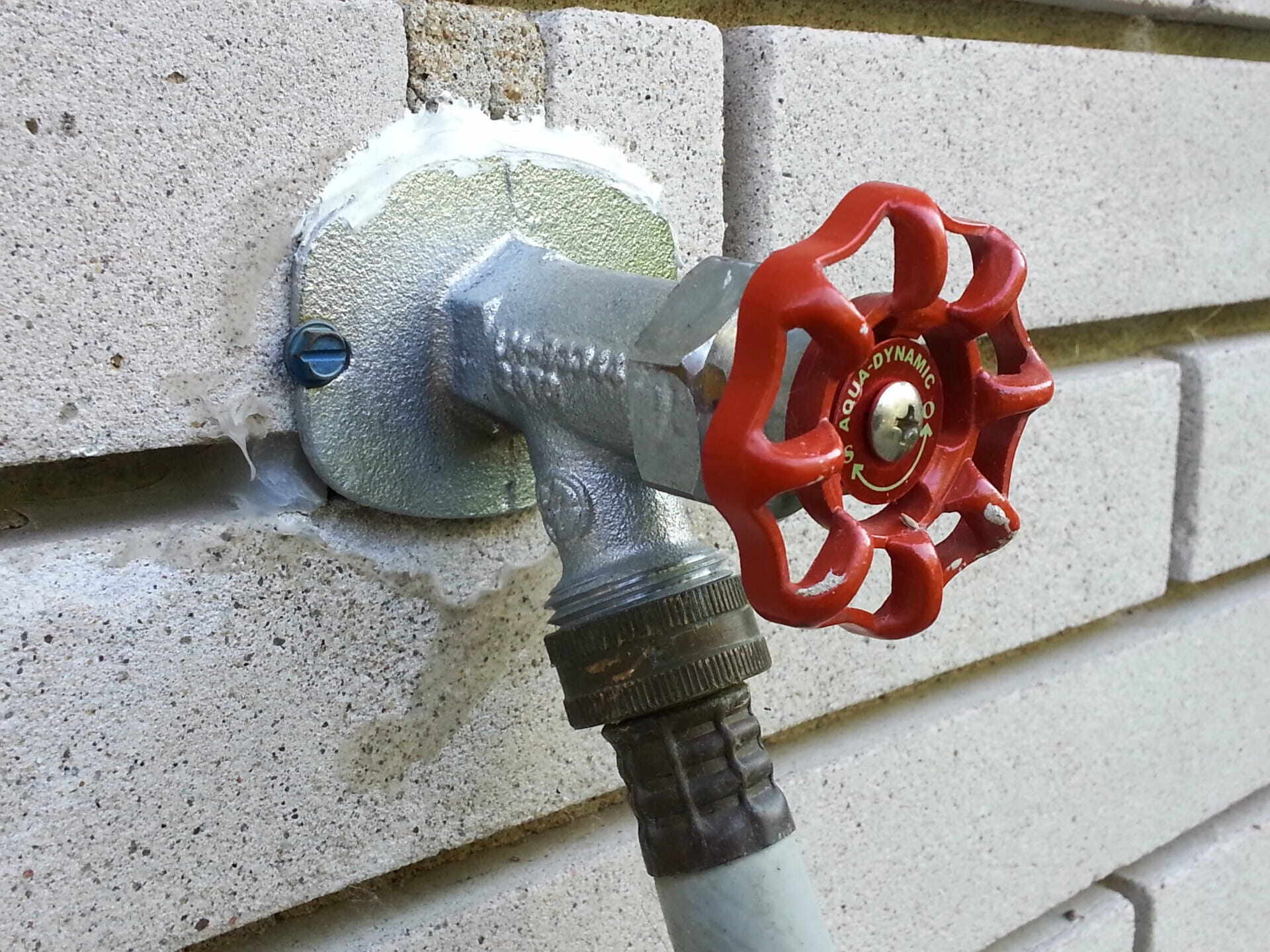
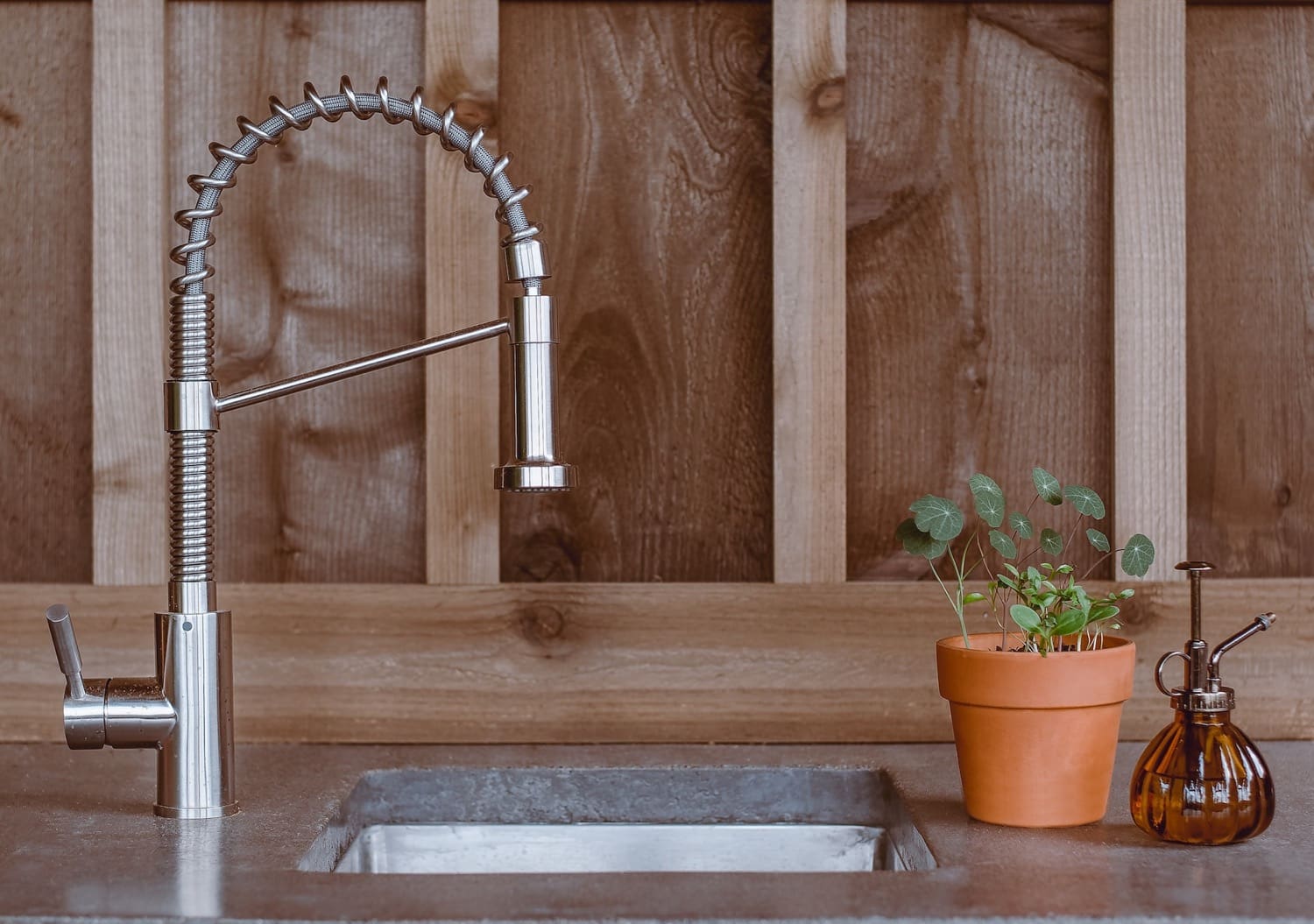
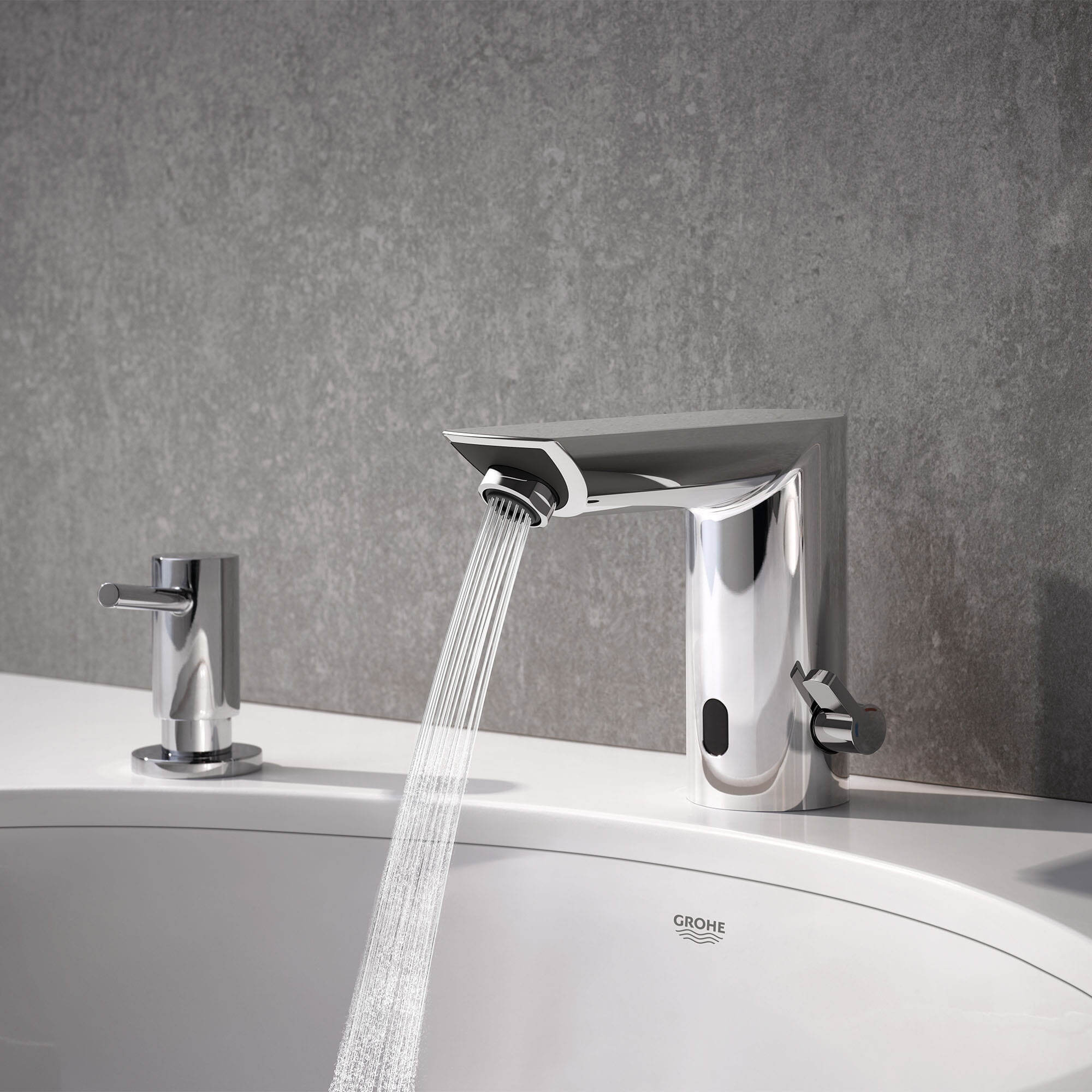
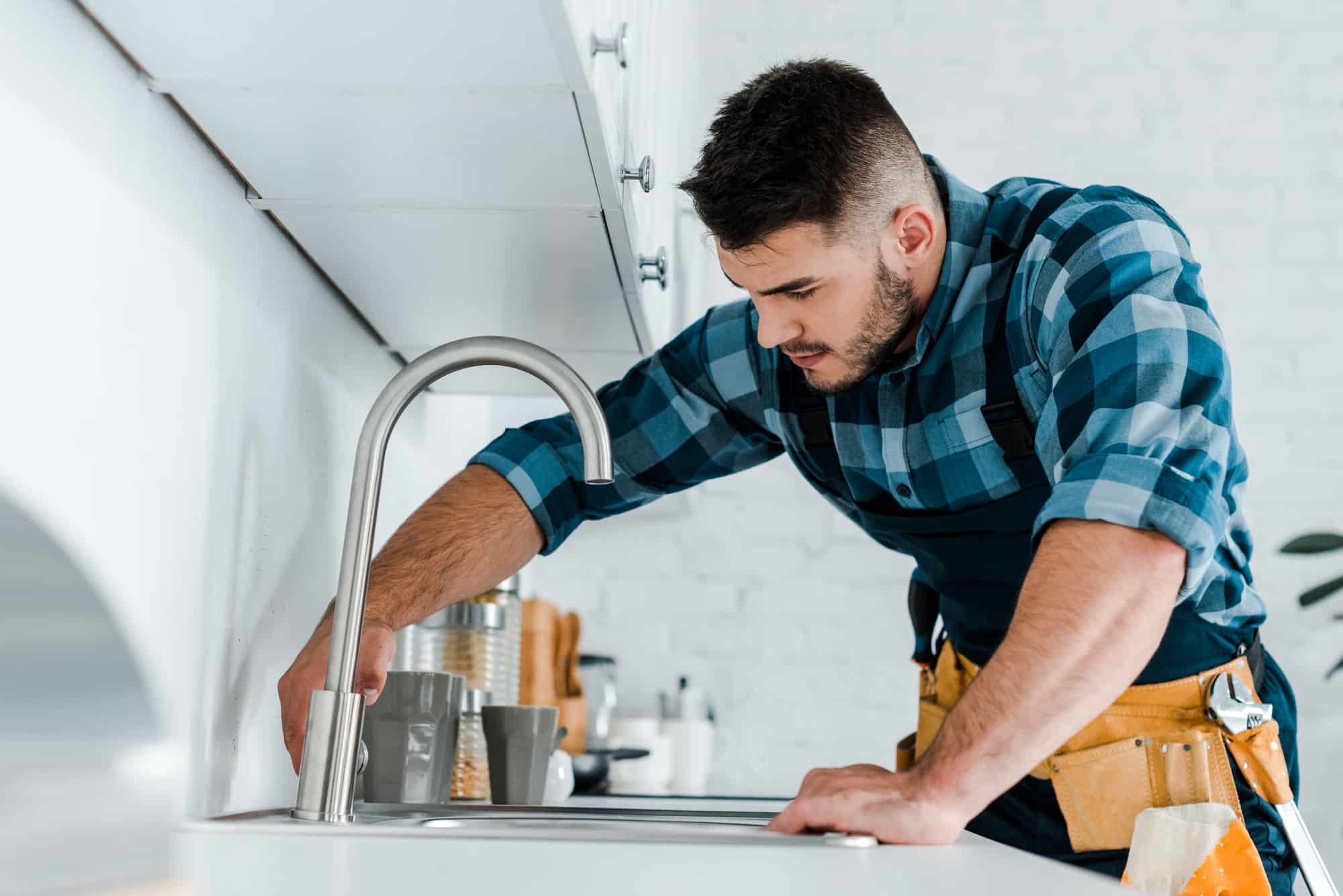
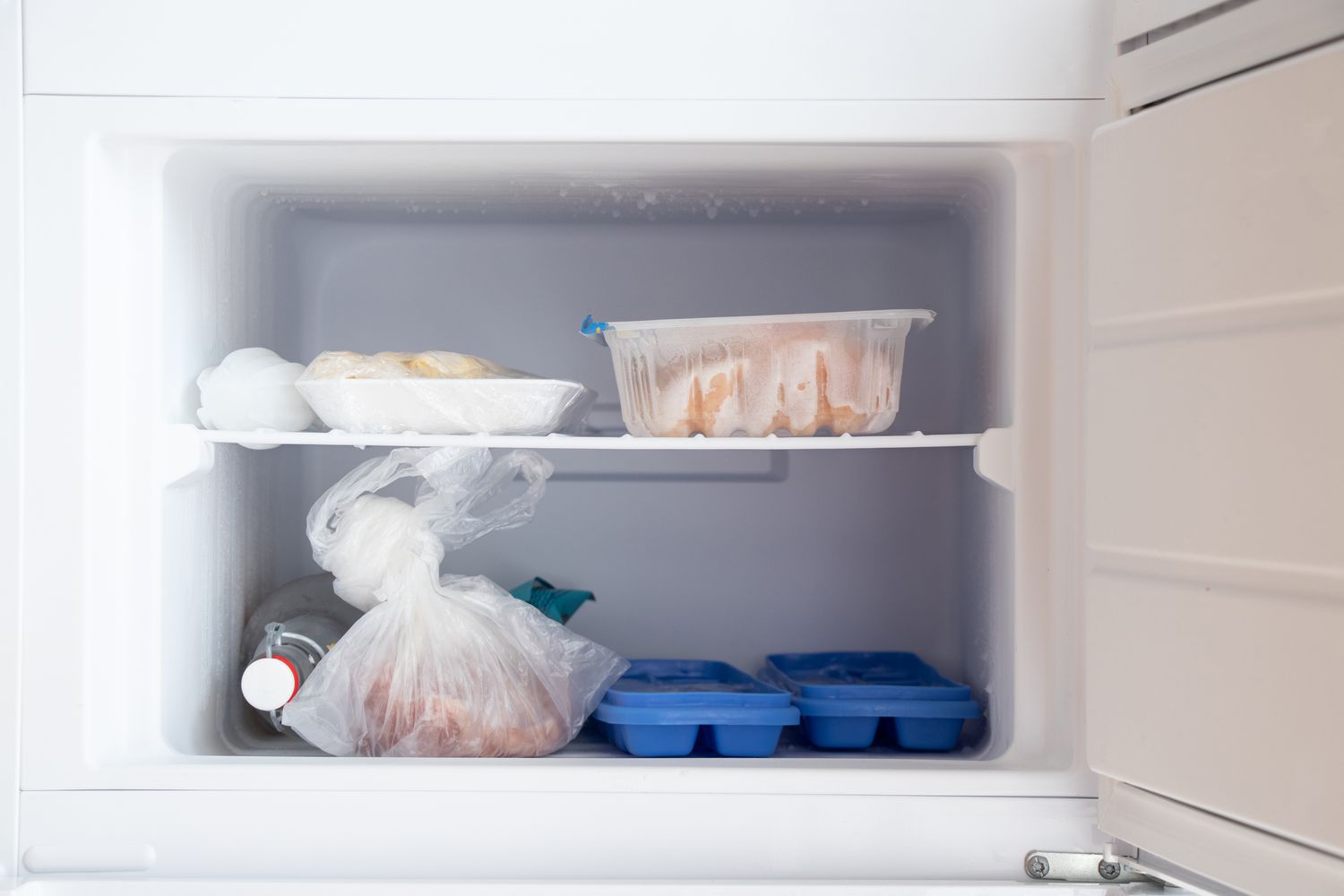


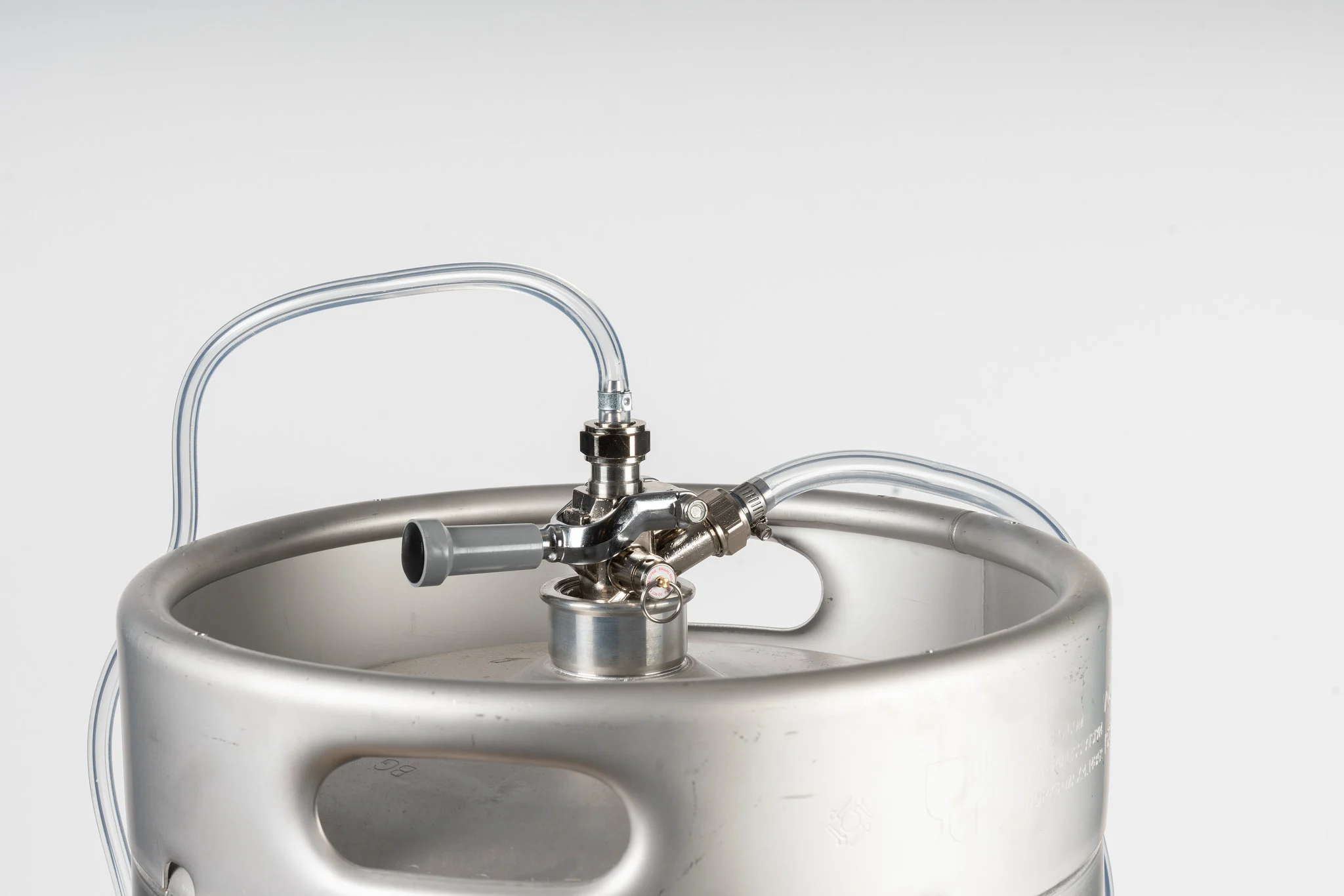
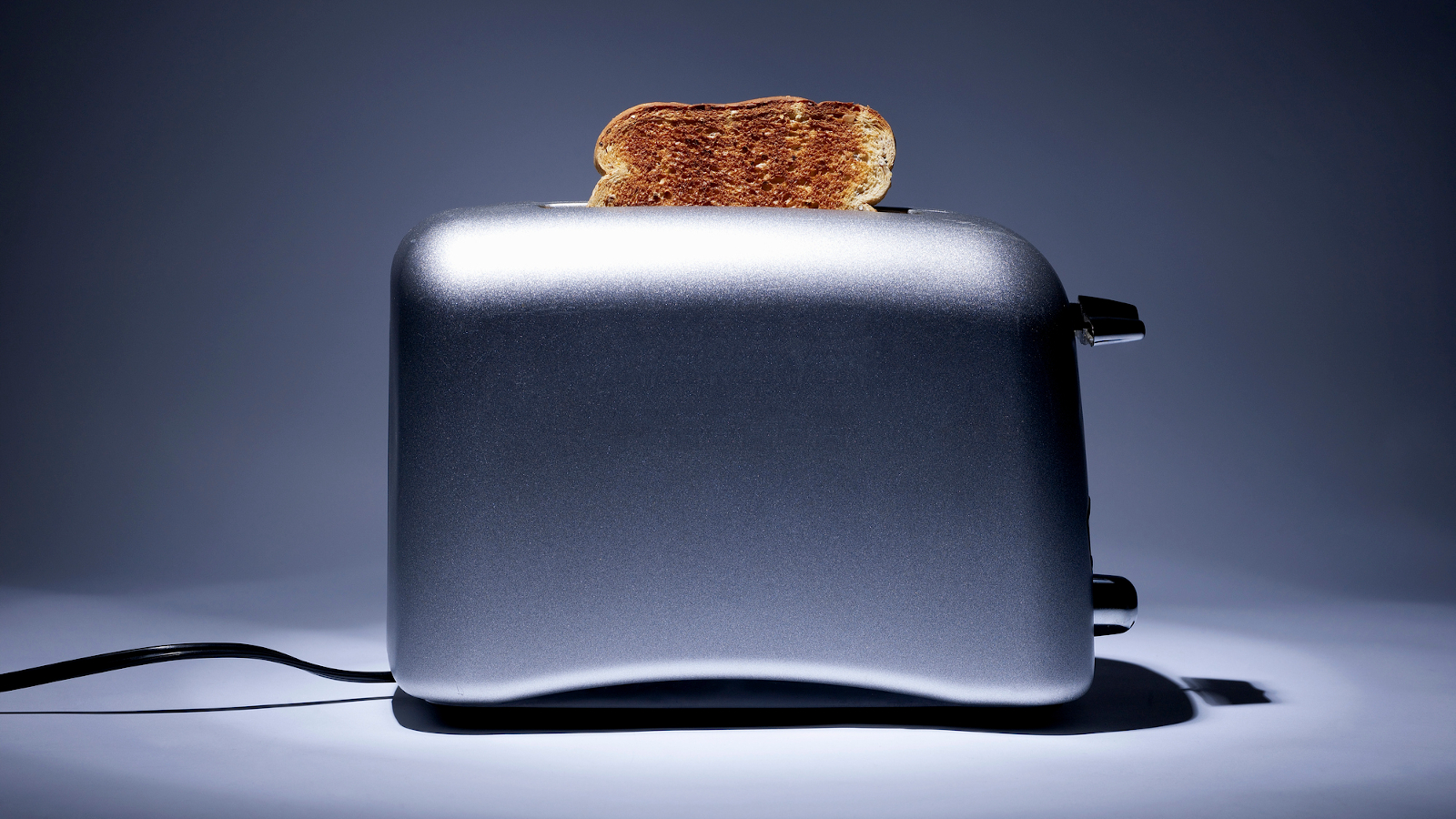

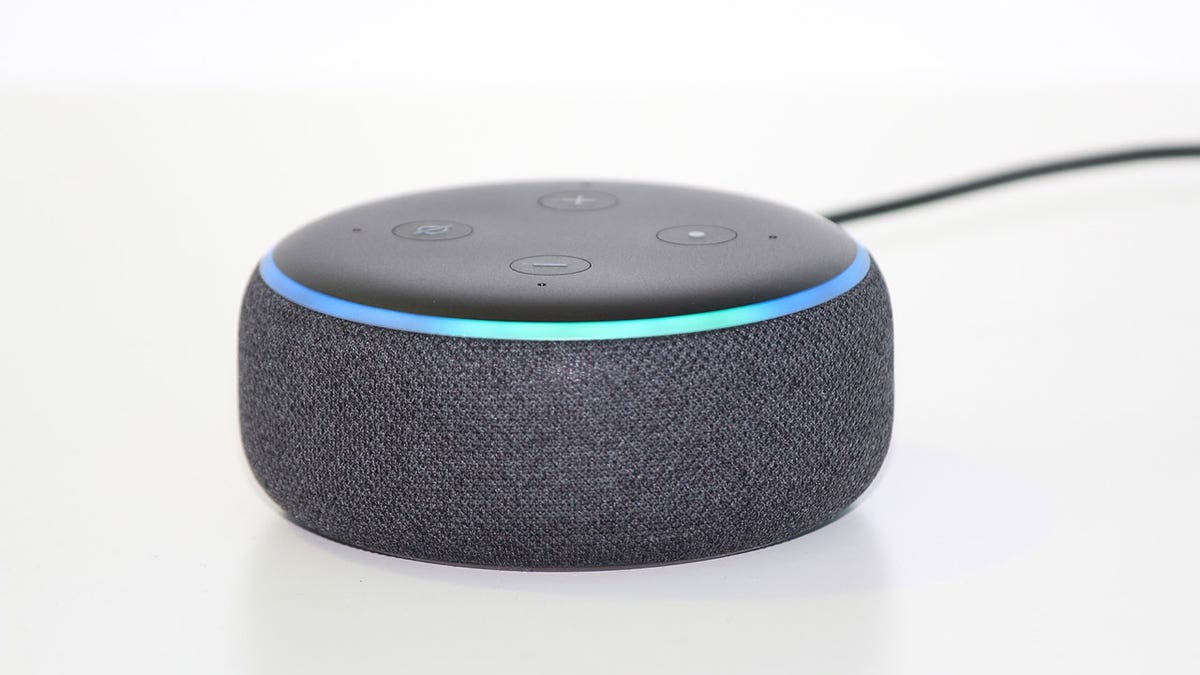

0 thoughts on “How Does Touchless Faucet Work”